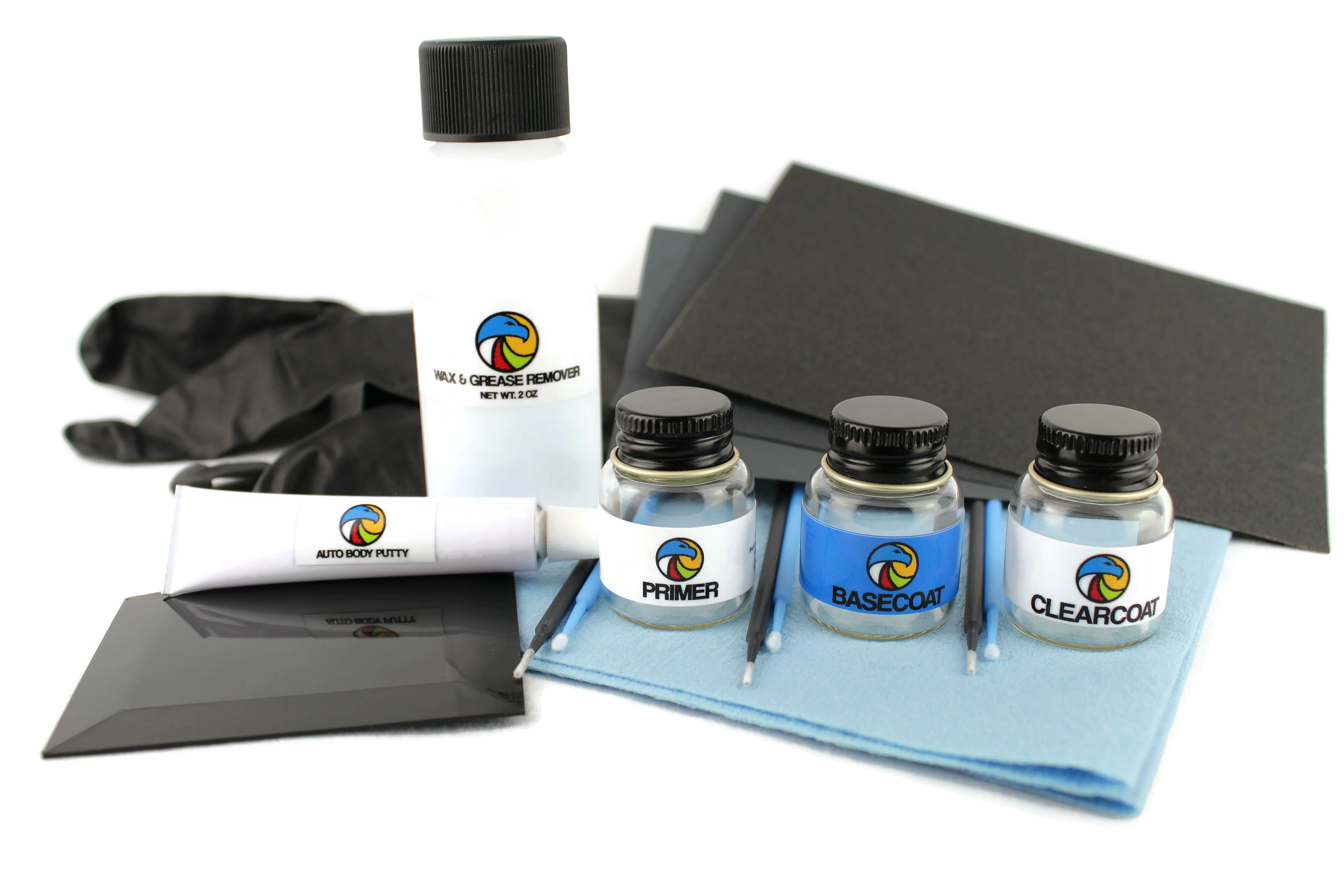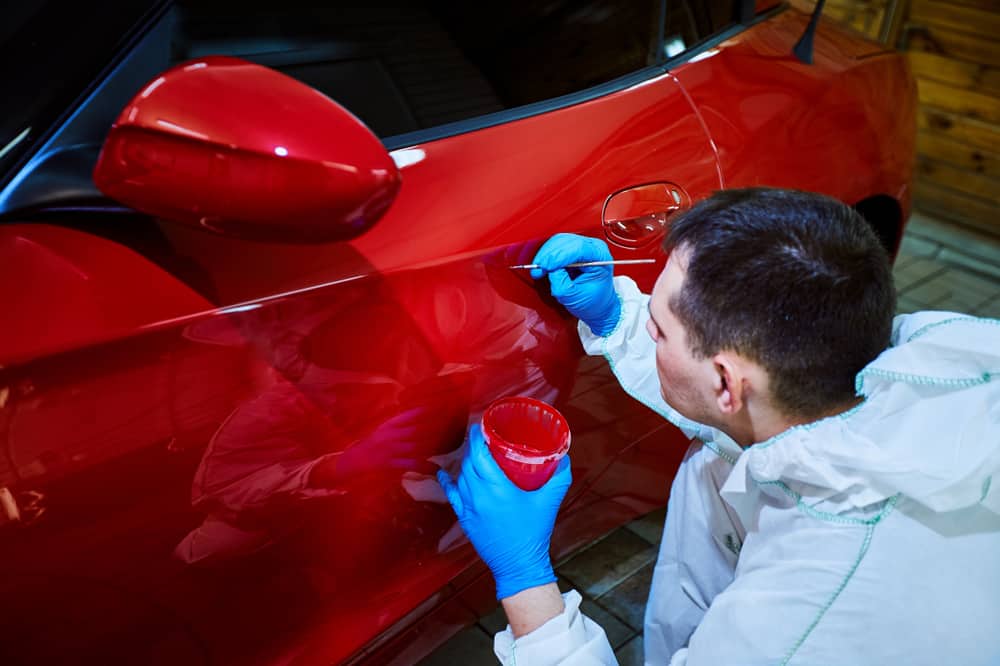
I recommend enabling the diffuse or sharpen module with the fast local contrast or add local contrast preset to increase local contrast and sharpness. You can also use the tone equalizer module for specific contrast adjustments. On the look tab of filmic rgb, adjust contrast using the contrast and latitude sliders.

Dodging and Burningįor fine-tuning exposure in part of the image, use tone equalizer (don't forget to set mask exposure compensation and mask contrast compensation before making adjustments) see this tutorial for details. If you found that parts of the image had clipped highlights in the RAW file that you want to try and recover (recall that SHIFT+O will show you RAW overexposure), click on the reconstruct tab in filmic rgb and follow the reconstruct instructions to recover these clipped highlights. Finally, hit Ctrl+B to hide the color assessment window. When done adjusting, hit o to hide the clipping warnings. In the case of this image, I want to push down the shadows to make the sky uniform and a dark black, so I am not concerned about the clipping seen here. The image will show pixels that are too brightly exposed pixels as red and pixels that are too dark as blue: Once it looks good, hit o to show the clipping warning indicator and set it with these values: On the filmic rgb module, use the white relative exposure and black relative exposure sliders on the scene tab to adjust the highlights and shadows respectively to recover clipped areas.
#How to undo auto touch up in darktable manual#
See the graphic display section of the manual for filmic rgb - you may find it easier to visualize what the settings in this module are doing by setting it to the dynamic range mapping view. Once those steps are complete, you can attempt to recover these RAW overexposed highlights if desired. Proceed with setting a correct exposure for the midtones and then the shadows and highlights. When done reviewing the RAW overexposure and setting highlight reconstruction, hit Shift+O to stop showing the RAW overexposure. method set to reconstruct in LCh or reconstruct color: leave highlight reconstruction enabled since either of these values will likely help improve the overall quality of the highlight reconstruction.method set to clip highlights: in this case, you should disable highlight reconstruction since this setting will interfere with filmic rgb's highlight reconstruction.If there are clipped highlights in the RAW that you want to recover, decide if you want to use the highlight reconstruction module or not (details in the manual): RAW overexposure will not change based on the adjustments you make to the exposure in the sections below these are pixels that were clipped at time of capture and can only be reconstructed as outlined hereĪfter entering the darkroom mode, hit Shift+O to check RAW overexposure.
#How to undo auto touch up in darktable how to#
Details on how to do this will be provided in a future post. When capturing your image, use ETTR to collect as much light as possible and make the signal-to-noise ratio as high as possible so there is more information to work with (see more information on ETTR). If you use a blend mode on the module, make sure to select the either scene-referred or display-referred from the list of blend modes:Ĭreate a preset to automatically enable the lens correction module for your lens to adjust for lens distortion. If you hover over the name of a module, it will tell you if it is operating in a scene-referred or display-referred mode.

Moreover, set the list of modules you are using to the scene-referred workflow (or your own similar grouping of these modules): This is important to help judge a correct exposure since the grey background of this theme is roughly 18% grey ( middle gray). In the general tab, set the theme to darktable-elegant-grey. Before processing images, set the following settings in the processing tab of the Preferences window to enable a scene-referred workflow:


 0 kommentar(er)
0 kommentar(er)
